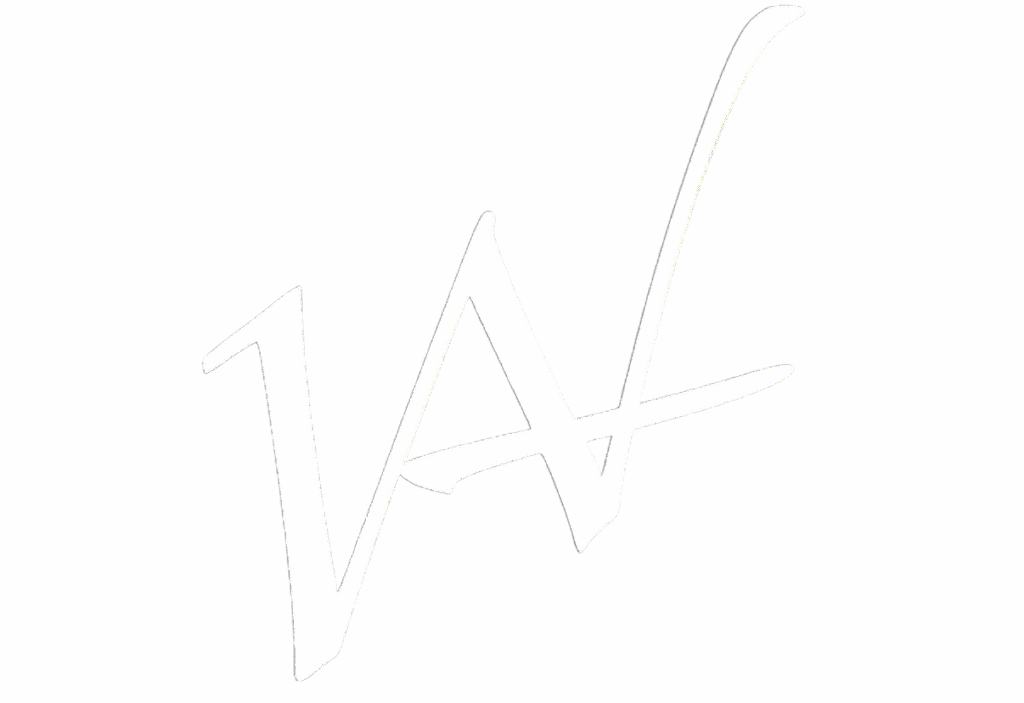By: Andrew Aycoth
Now that we’ve gotten up to the 7th, it’s time to round out this blog series with everything else!
Extensions:
Extensions, or “upper structures”, refer to notes that extend beyond the 7th, and just like the 7th, they’re referring to scale degrees above the root. The ones you’ll see are 9th, 11th, and 13th. Counting 13 notes above a root is a bit tedious, so the trick is to subtract 7 from the numbers to put it in the same octave and determine the note (but still separate it by an octave in the chord). So the 9th is a 2nd, 11th is a 4th, and 13th is a 6th. In the key of C, these would be D, F, and A, respectively. Also, unless otherwise indicated (see “Other” below), the presence of these also indicates the dominant 7th is a part of the chord. So C9 would imply the notes C-E-G-Bb–D.
These extensions can also be altered by either raising or lowering them by a half step. This will be indicated by either a sharp or flat sign before the extension number, such as b9 or #11. Coming from our C9, a Cb9 or C7b9 would contain the notes C-E-G-Bb–Db. Also notice the superscript is important, as otherwise it might be mistaken as a Cb with the 7th and 9th above.
You may have noticed that we’re starting to leave out a note in the chords, the 5th. This is okay as it does nothing for the qualities in the chord. But to fit the notes of quality and the extensions in, we sometimes have to make this concession! However, there’s a catch. Occasionally we’ll alter the 5th, creating a major 7th or dominant 7th but with a raised or lowered 5th scale degree. This is written with “b5” or “#5”, such as C7#5. The b5 is more rare because it’s more likely it would be written as a #11. This is similar to the #9, which is the same note as a minor 3rd. But sometimes you might want both notes in the chord!
Other:
Compared to extensions, these are pretty straightforward! First, “add”. The most common of these is the add9, though you may also see “add11”. The difference between these and the extensions above is just that these do not imply the 7th. So, for Cadd9, it would just be C-E-G-D, and Cadd11 would be C-E-G-F. A super annoying thing is that you usually don’t see an “add13”, and instead it will be written as just “6” i.e. C6. This is the same concept as add13.
Next are “sus” chords. The difference between these and everything else discussed so far is that they do not contain a 3rd. Instead, the 3rd is replaced with either the 2nd or 4th scale degree. So, for Csus2, you’d replace the E with the 2nd scale degree, D: C-D-G. If it were Csus4, therefore, it would be C-F-G. If you just see “sus” with no number, the assumption is that it’s the 2nd scale degree.
After all that’s been discussed, it might seem a bit silly to end with this one, but I’ve seen students get confused when it shows up in books: the power chord. I’m sure you know this by now, but it’s just the root and the 5th, leaving out the 3rd (or anything else). The notation is simply a “5” and nothing else! So C5 would just be C-G.
If you’ve made it through this whole blog series, congratulations, and thanks for reading! Keep in mind that I just tried to include the most common forms of chord symbols, but even now the system isn’t entirely codified, so it’s possible you’ll see something written in a weird way. If you’ve got all this down so far though, you should be able to suss it out. So go grab that AW guitar and play some crazy chords!








